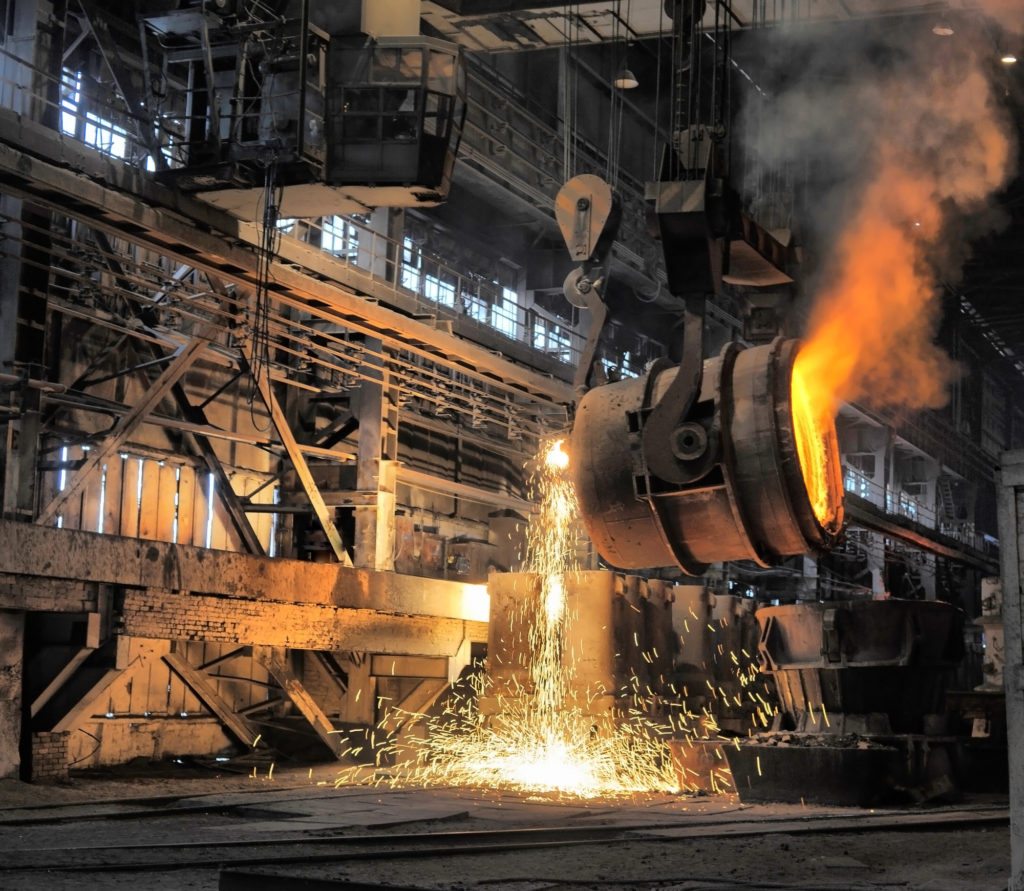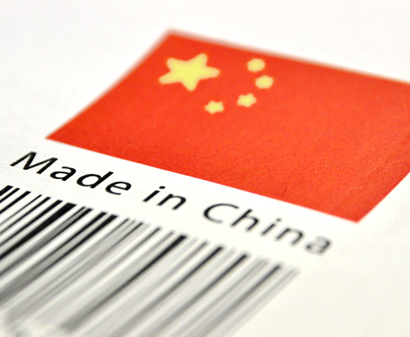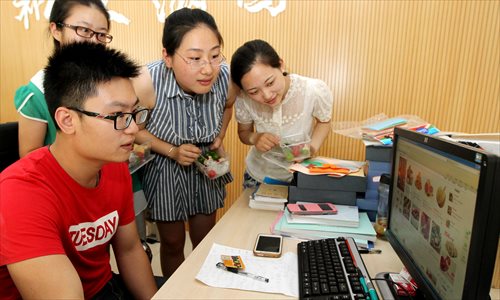As tensions rise between the U.S. and China governments, there is a lot of talk about reshoring or bringing back manufacturing operations to the U.S. that have previously moved overseas. The argument for reshoring is that it is the fastest and most efficient way to strengthen the U.S. economy because it helps balance the trade and budget deficits, reduces domestic unemployment by creating productive jobs, and reduces income inequality. Supporters of reshoring might add a host of other arguments such as the rising cost of international freight, the significant tariffs that have been imposed by the U.S. government on Chinese-made goods, long lead times, Chinese New Year disruption, and concerns about global warming resulting China’s lax environmental policies. So, what’s so great about making retail displays in China anyway?
Despite these arguments and the current tensions between governments, there are 5 primary advantages of continuing to manufacture POP displays in China.
- Sophisticated Supply Chain- China has arguably the most sophisticated manufacturing supply chain on earth. China produces 51% of the world’s steel supply- more than 10 times the raw material output of the U.S. Metal is one of the most commonly used materials in retail displays. In almost every raw material category, China has a meaningful advantage over the U.S. with the exception of timber. When it comes to trees, the U.S. has a notable natural resource advantage which helps to explain why the cost of wood displays in the U.S. and China are typically very similar.
- Productivity– Decades of manufacturing experience have helped Chinese factories become very productive. China’s average manufacturing labor cost is $6.50/hour which is 35% higher than labor costs in Mexico ($4.82/hour) and more than twice that of Vietnam ($2.99/hour). However, Chinese factory workers’ output is impressive and more than makes up for the labor cost disadvantage relative to Mexico and Vietnam as well as other Asia-Pacific countries.

- Price Competitiveness– The combination of an enormous raw material advantage, a highly sophisticated supply chain, relatively low wage rates, higher worker productivity, low environmental regulations compliance cost, and government subsidies results in a level of price competitiveness that is hard to beat anywhere in the world, even after considering 25% tariffs.
- Industriousness– Chinese workers are remarkably hard working. In 1864, 20,000 Chinese immigrants came to the U.S. to help build the Transcontinental Railroad from California eastward. It was backbreaking, hazardous work, but history credits the industriousness of these Chinese workers with being largely responsible for the completion of the project. That same work ethic and level of ambition is still alive today in China, and it is what sets Chinese workers apart from workers in almost any other country. It is not uncommon for a 60-year-old factory worker to work 12 hours a day, 6 days a week under dim lighting and extreme temperatures- all the while never complaining.
- Customer Service Orientation– In addition to its work ethic, at the heart of Chinese culture is graciousness, respect, humility, and a strong customer service orientation. Show up at a Chinese factory at 10:00 PM on a Friday night and you’ll likely be greeted by an enthusiastic sales representative. That just doesn’t happen in the U.S. Almost every factory visit is followed by an invitation to share a meal, and factory personnel are universally eager to please. The level of respect, willingness to serve, and positive attitude are generally common attributes of Chinese workers.
I admire my Chinese colleagues and am grateful for their partnership. In business and in culture, there is a lot that we in the U.S. can learn from them.
Jim Hollen is the owner and President of RICH LTD. (www.richltd.com), a 35+ year-old California-based point-of-purchase display, retail store fixture, and merchandising solutions firm which has been named among the Top 50 U.S. POP display companies for 9 consecutive years. A former management consultant with McKinsey & Co. and graduate of Stanford Business School, Jim Hollen has served more than 3000 brands and retailers over more than 20 years and has authored nearly 500 blogs and e-Books on a wide range of topics related to POP displays, store fixtures, and retail merchandising.
Jim has been to China more than 50 times and has worked directly with more than 30 factories in Asia across a broad range of material categories, including metal, wood, acrylic, injection molded and vacuum formed plastic, corrugated, glass, LED lighting, digital media player, and more. Jim Hollen also oversees RICH LTD.’s domestic manufacturing operation and has experience manufacturing, sourcing, and importing from numerous Asian countries as well as Vietnam and Mexico.
His experience working with brands and retailers spans more than 25 industries such as food and beverage, apparel, consumer electronics, cosmetics/beauty, sporting goods, automotive, pet, gifts and souvenirs, toys, wine and spirits, home improvement, jewelry, eyewear, footwear, consumer products, mass market retail, specialty retail, convenience stores, and numerous other product/retailer categories.






